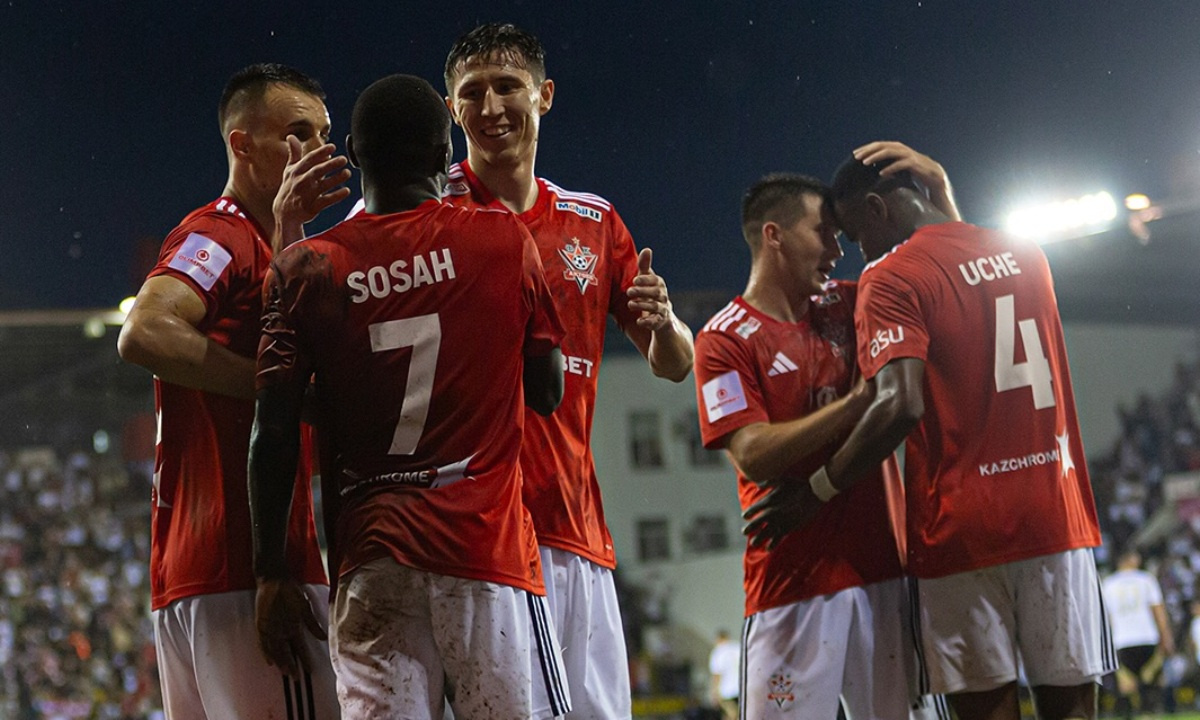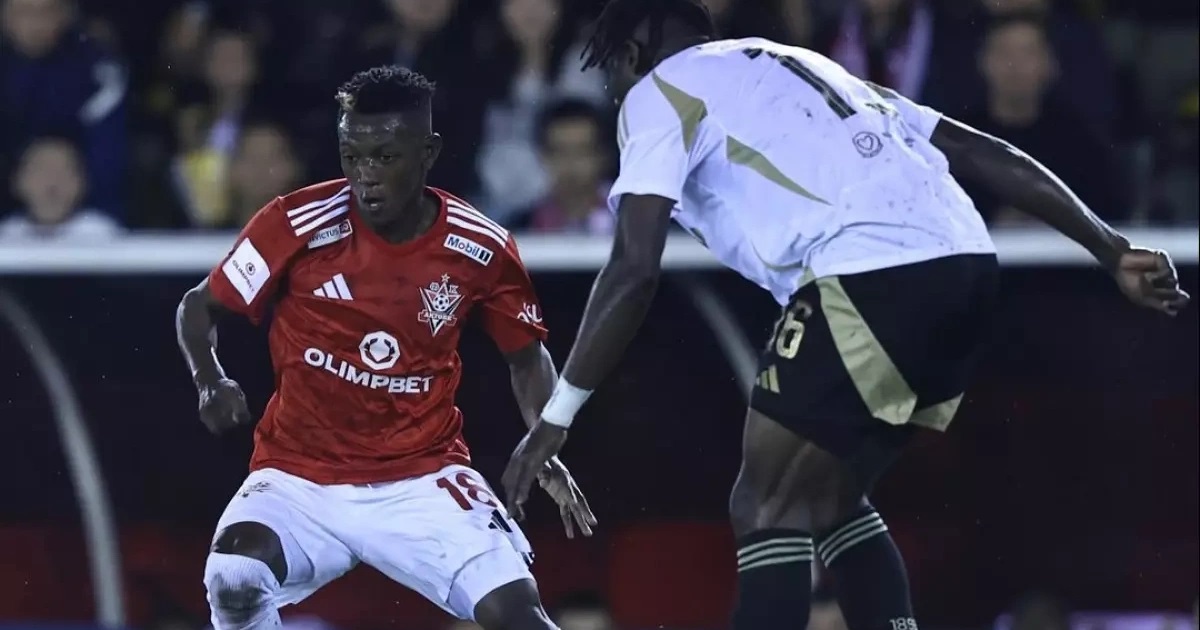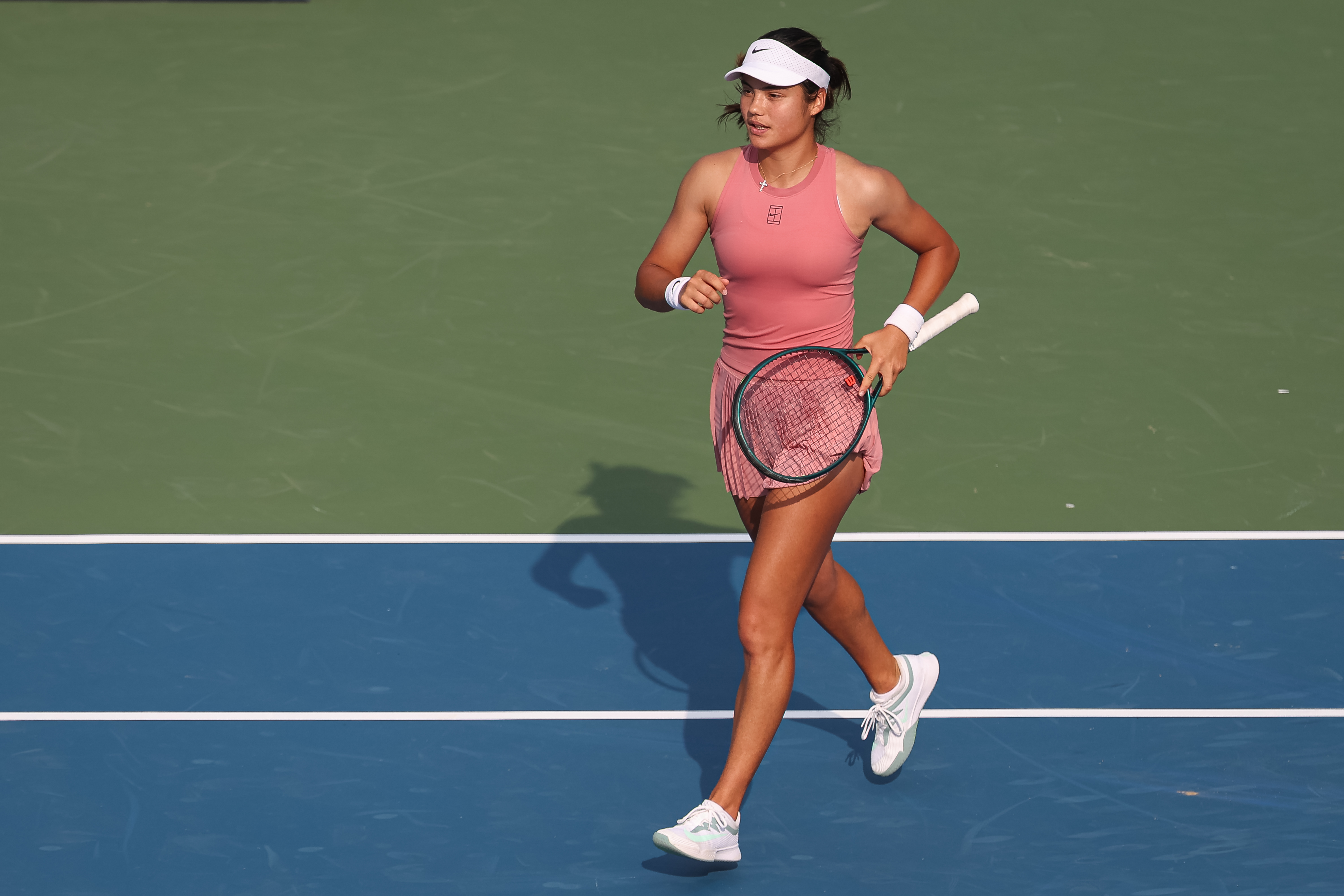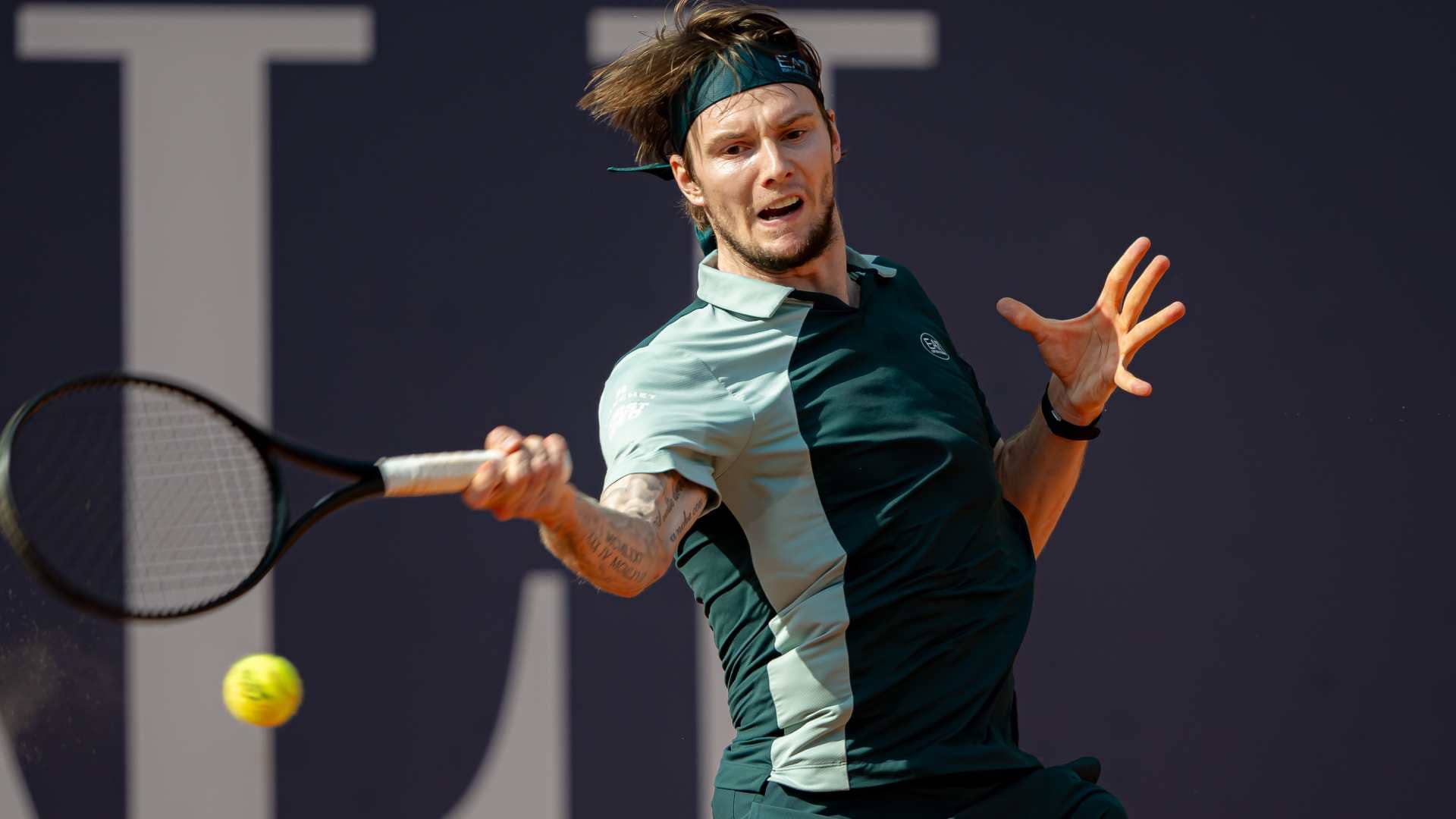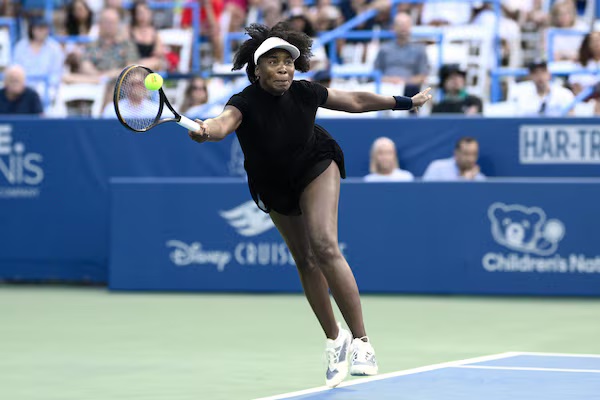Dive into the exciting resurgence of 90s and 2000s icons in film and television! From beloved characters to classic shows making comebacks, discover how nostalgia is shaping the entertainment landscape. Explore the reasons behind this trend, its cultural impact, and what it means for the future of storytelling. Are you ready for a trip down memory lane?
90s and 2000s Icons Are Back: The Nostalgic Revival Taking Over Film and TV!
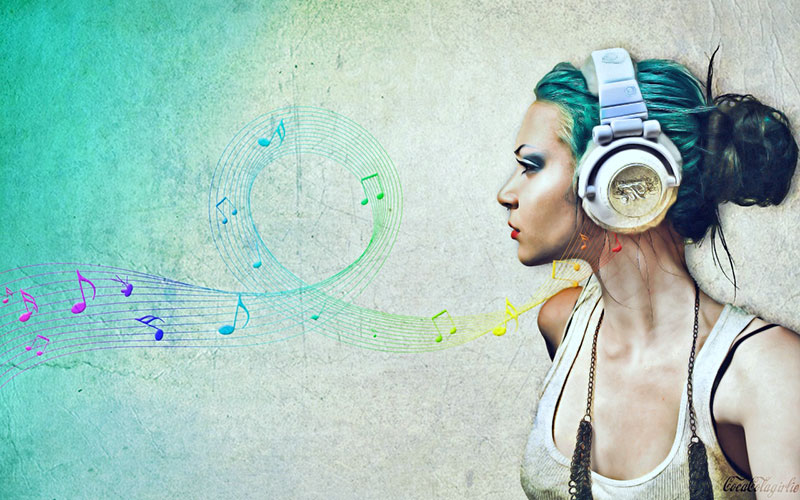

Reviving the Classics: The Return of 90s and 2000s Icons in Film and TV
In recent years, the entertainment industry has witnessed a remarkable resurgence of iconic characters, shows, and films from the 1990s and 2000s. As audiences long for nostalgia and familiarity, creators are increasingly turning to beloved classics to revitalize their storytelling and attract viewers. This article explores the reasons behind this trend, the impact of reviving 90s and 2000s icons, and the ways in which these familiar faces are being reimagined for a new generation.
Nostalgia as a Driving Force
Nostalgia plays a significant role in the resurgence of 90s and 2000s icons in film and television. As millennials and Gen Z consumers gain purchasing power, there is a growing appetite for content that evokes fond memories of childhood and adolescence. This demographic often seeks comfort in familiar narratives and characters, prompting studios to capitalize on this sentiment.
Research has shown that nostalgia can evoke strong emotional responses and forge connections between audiences and content. By tapping into the nostalgia of beloved shows and films, creators can foster a sense of belonging and emotional resonance, making it easier for audiences to connect with new adaptations or reboots.
The Success of Reboots and Revivals
The success of reboots and revivals from the 90s and 2000s is evident across various platforms. Shows like "Fuller House," a continuation of the beloved sitcom "Full House," and "The Conners," which revived the classic "Roseanne," have attracted both original fans and new viewers alike. These series not only bring back familiar characters but also explore contemporary issues, creating a bridge between past and present.
Additionally, the film industry has seen a wave of successful remakes and sequels. Franchises like "Jurassic Park" and "Ghostbusters" have been reimagined for modern audiences, blending nostalgia with fresh perspectives. The "Star Wars" franchise, which originally gained fame in the late 20th century, has also seen a resurgence with new films and series, including "The Mandalorian," which has captivated both longtime fans and newcomers.
Iconic Characters and Their Cultural Impact
The revival of 90s and 2000s icons often hinges on the cultural significance of the characters themselves. Figures like Ross, Rachel, and the rest of the "Friends" ensemble have become cultural touchstones, representing the hopes, struggles, and humor of a generation. Their stories resonate with audiences, making them ideal candidates for revival in today's media landscape.
Moreover, the cultural impact of these characters extends beyond mere entertainment. They often serve as symbols of societal values and trends from their respective eras. By revisiting these characters, creators can explore how they would navigate contemporary challenges, offering commentary on issues such as relationships, career aspirations, and social dynamics.
Modernizing the Narrative
While nostalgia is a driving force behind the revival of 90s and 2000s icons, creators recognize the importance of modernizing the narrative to appeal to today’s audiences. This often involves reinterpreting characters and storylines to reflect current social norms and values. For example, in "Will & Grace," the characters confront contemporary issues such as LGBTQ+ rights and social justice, while still maintaining the humor and charm that made the original series beloved.
Additionally, the representation of diverse voices and experiences has become a priority in revivals. Creators are increasingly acknowledging the importance of inclusivity, ensuring that reboots reflect the multicultural landscape of today’s society. This not only enhances the authenticity of the narratives but also broadens the appeal of these classic stories.
Streaming Platforms and Accessibility
The rise of streaming platforms has significantly contributed to the revival of 90s and 2000s icons. Services like Netflix, Hulu, and Disney+ provide easy access to classic shows and films, allowing new generations to discover and appreciate the content that shaped previous decades. These platforms also enable creators to gauge audience interest, making it easier to greenlight reboots and revivals based on viewer demand.
Moreover, the binge-watching culture that streaming encourages allows audiences to immerse themselves in these classic narratives, often leading to a renewed appreciation for the original material. This accessibility creates a feedback loop that can sustain interest in revivals, as fans share their enthusiasm on social media and engage with the content in real time.
Marketing Nostalgia
The marketing strategies employed for reviving 90s and 2000s icons are also crucial to their success. Studios have become adept at leveraging nostalgia in promotional campaigns, utilizing social media to create buzz and excitement around upcoming projects. Teasers, trailers, and behind-the-scenes content often evoke nostalgia, drawing in both original fans and new viewers.
Collaborations with influencers and nostalgic merchandise also play a significant role in these marketing efforts. Limited-edition items, throwback merchandise, and themed events can create a sense of community among fans, fostering excitement and anticipation for new content. This marketing approach not only helps to reintroduce classic properties but also builds a lasting connection between the brand and its audience.
The Challenges of Revival
Despite the allure of reviving 90s and 2000s icons, creators face significant challenges in balancing nostalgia with innovation. Fans often have strong emotional attachments to original material, making them critical of any changes made in revivals. This pressure can lead to backlash if audiences feel that their beloved characters or storylines are not treated with the respect they deserve.
Additionally, the risk of oversaturation exists, as too many reboots and revivals can lead to fatigue among audiences. If studios rely too heavily on nostalgia without offering fresh perspectives, they may alienate viewers who crave originality and innovation in storytelling. Striking the right balance between honoring the past and creating engaging new content is essential for the long-term success of these projects.
Future Prospects
Looking ahead, the revival of 90s and 2000s icons in film and television is likely to continue shaping the entertainment landscape. As audiences remain drawn to familiar narratives and characters, creators will seek to explore new ways to reinterpret and reimagine these classics. The success of current revivals may pave the way for even more ambitious projects, as studios recognize the potential for nostalgia-driven storytelling.
Moreover, as technology advances, the possibilities for reviving classic content expand. Virtual reality experiences, interactive storytelling, and innovative filming techniques could provide fresh avenues for engaging with beloved characters and narratives. As the boundaries of storytelling continue to evolve, the classics of the past may find new life in exciting and unexpected ways.
In summary, the return of 90s and 2000s icons in film and television represents a complex interplay of nostalgia, cultural impact, and modern storytelling. As creators navigate the challenges and opportunities presented by revivals, the future of entertainment promises to be a rich tapestry woven with the threads of the past

 বাংলা
বাংলা 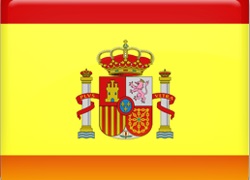 Spanish
Spanish  Arabic
Arabic  French
French  Chinese
Chinese 

